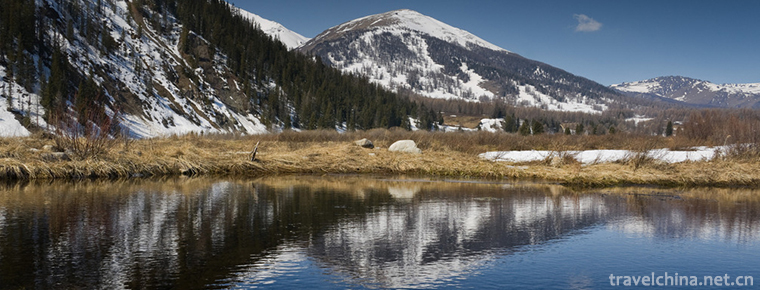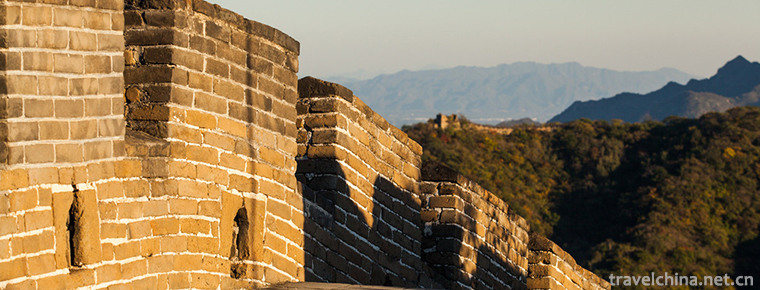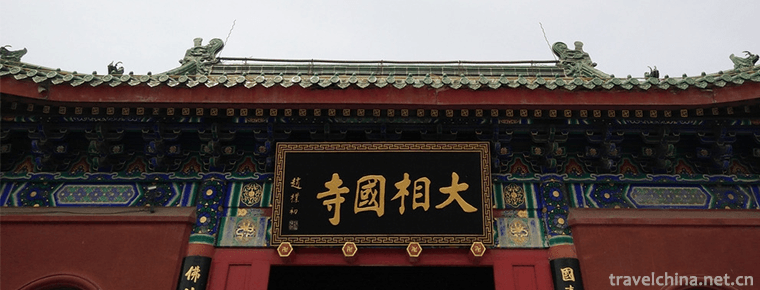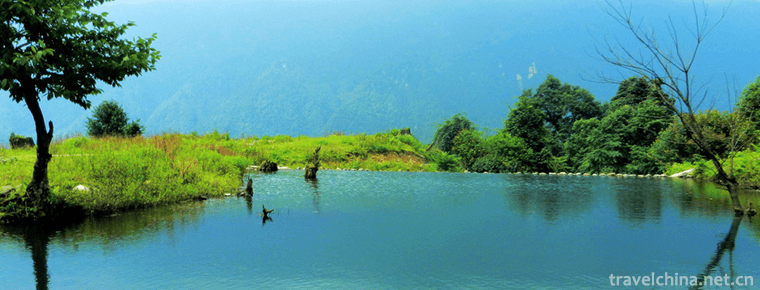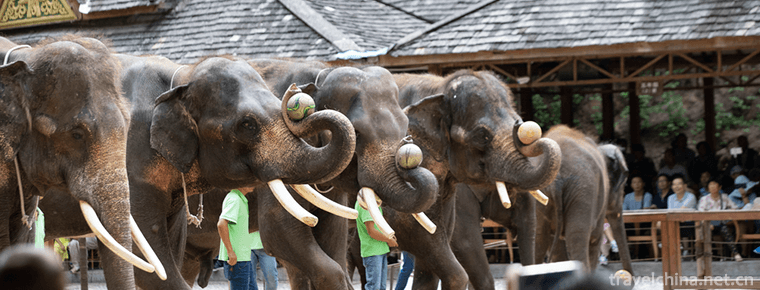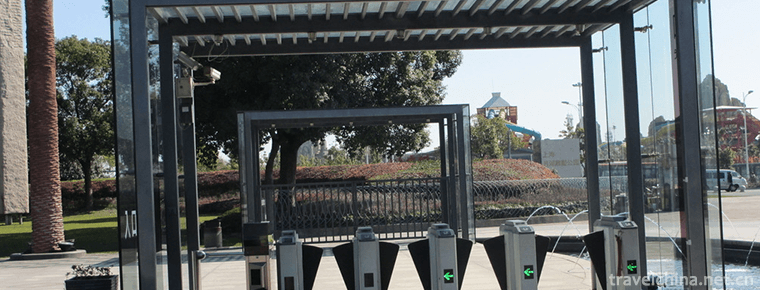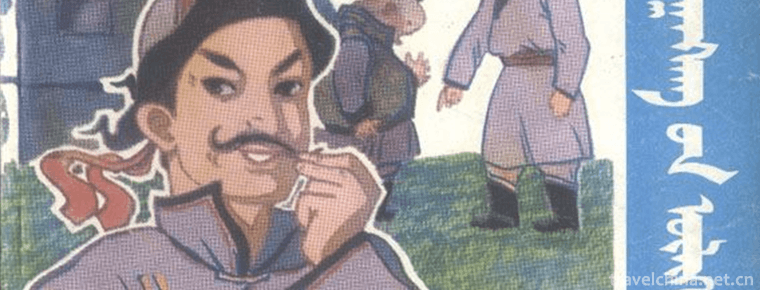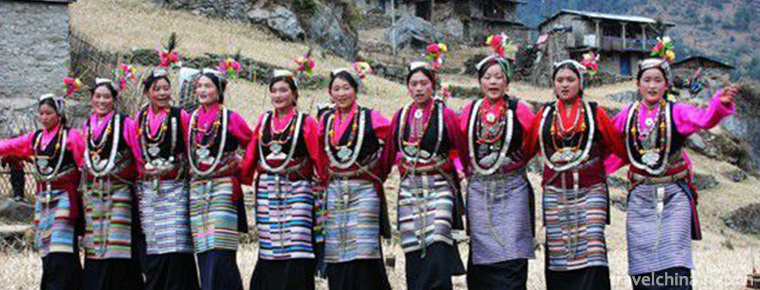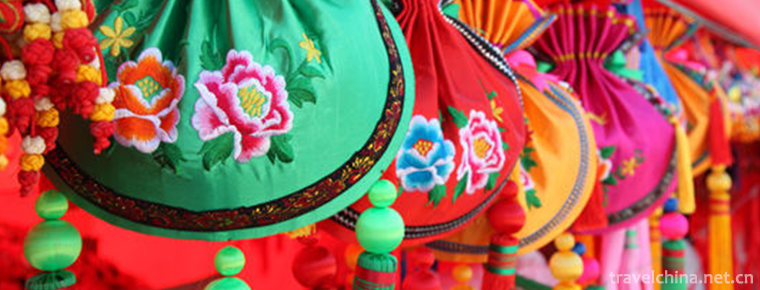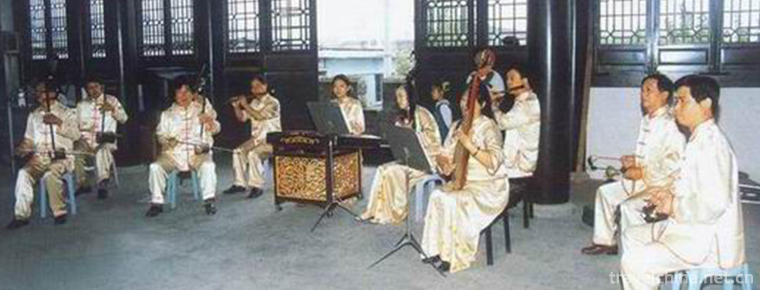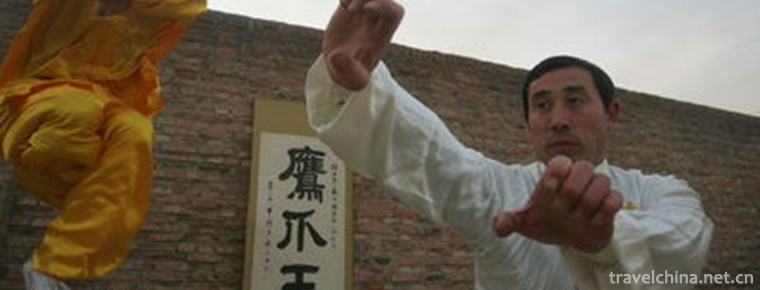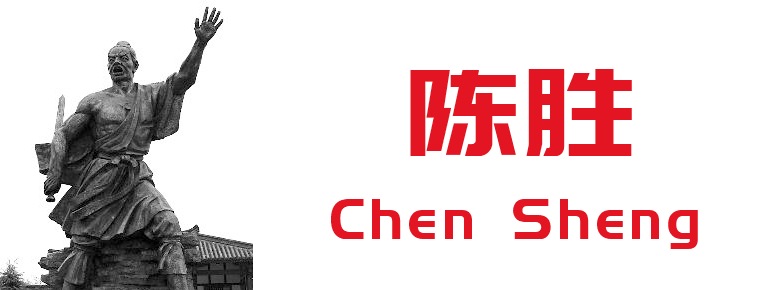Harbin Jinyuan Cultural Tourist Area
Harbin Jinyuan Cultural Tourist Area
Harbin Acheng Jinyuan Cultural Tourist Area, the capital of Jin Dynasty from 1115 to 1234, is the only well-preserved capital site of Jin Dynasty. Up to now, the Royal City's Wumen Gate and palace building sites are well preserved, while the outer city wall, urn city, horse face, corner tower and moat sites still exist.
Climate type
Continental Monsoon Climate in the Middle Temperature Zone
Protection type
National Key Cultural Relics Protection Units
A Cheng is a historic city with rich cultural accumulation. In 1115, Nvzhen leader Wan Yan Aguta established the prestigious Great Jin Empire here, which lasted for 38 years through the four emperors of Jin Taizu, Taizong, Xizong and Hailing. It was the largest metropolitan and political, economic, military and cultural center in Northeast Asia in the 12th century. It produced many important figures and events that had an important impact on the development of Chinese history and left behind a long history of precious cultural relics. The brilliant Jinyuan culture is an important source of the national culture of the Black Land, a treasure of the Chinese national culture, and has become a unique tributary of the Chinese nation's civilization, which has endowed the proposed Jinyuan cultural tourist area with rich historical and cultural heritage.
Harbin Acheng Jinyuan Cultural Tourist Area is the second batch of national 4A level tourist areas.
There are eight exhibition halls: 1. Development of Jin Shang Jing; 2. Economic and Cultural Exhibition of Jin Shang Jing; 3. Mawangdui-King Wanyan Banquet Fuxi Tomb Exhibition; 4. Bronze Mirror Exhibition; 5. Exhibition of Collections of Cultural Relics; 6. Exhibition of Collections and Paintings of Library; 7. Modern Crafts, Paintings and Calligraphy Exhibition; 8. Imperial City Site.
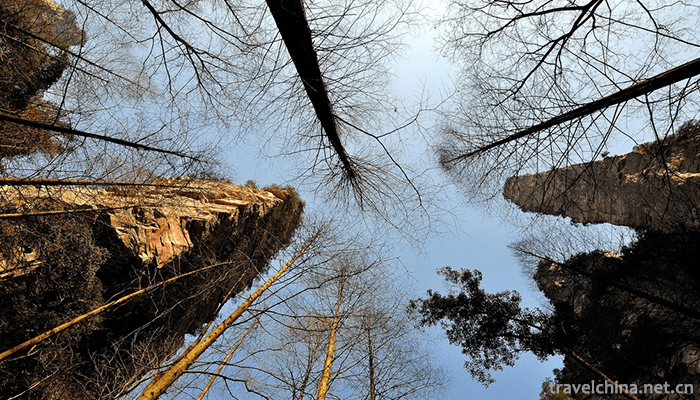
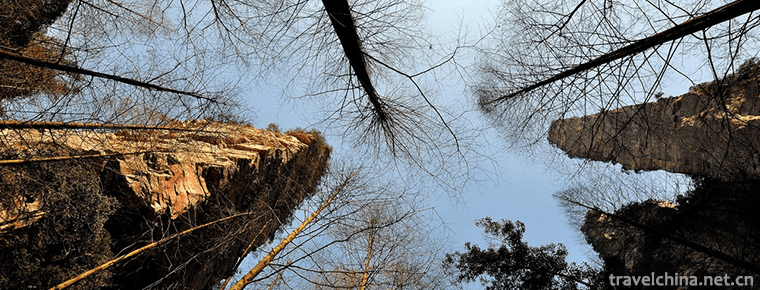
Harbin Jinyuan Cultural Tourist Area
-
Altai mountains
The Altai mountains are located in the northern part of the Xinjiang Uygur Autonomous Region and the western part of Mongolia. Northwest extends to Russia
Views: 154 Time 2018-11-01 -
The Mutianyu Great Wall
The Mutianyu Great Wall in Beijing is located in Huairou District of Beijing, 73 kilometers from the urban area of Beijing. With a long history and splendid culture
Views: 145 Time 2018-11-24 -
The daxiangguo Temple
Daxiangguo Temple, formerly known as Jianguo Temple, is located in the western section of Kaifeng Freedom Road. It is a famous Buddhist temple in China. It was founded in Tianbao, Northern Qi Dynasty
Views: 235 Time 2019-01-07 -
Heizhugou Scenic Area
Heizhugou National Forest Park, located in Heizhugou Town, Ebian Yi Autonomous County, Leshan City, Sichuan Province, spans Haqu Township, Lewu Township and Jinyan Township.
Views: 257 Time 2019-01-13 -
Wild Elephant Valley in Xishuangbanna
The Wild Elephant Valley in Xishuangbanna is located in Mengzi Nature Reserve and "UNESCO Man and Biosphere Reserve" of Xishuangbanna National Nature Reserve
Views: 156 Time 2019-02-25 -
Shanghai Yuehu Sculpture Park
Yuehu Sculpture Park is located in Sheshan National Tourism Resort, Songjiang District, Shanghai. It is built around the lake. It is a sculpture art park which combines natural scenery with modern lan
Views: 119 Time 2019-03-09 -
The Story of Barragan
Stories of witty figures of the Mongolian people in China. Long-term spread in Inner Mongolia, Xinjiang and other Mongolian areas. The protagonist Balagan Cang is the representative of the working peo
Views: 241 Time 2019-04-02 -
Chentang Sherpa Singing and Dancing
Chen Tang Sherpa Song and Dance is a traditional folk song and dance in the Sherpa community of Tibet. Accompanied by "Zhanlie" (Six Strings) and "Biwang" (Huqin).
Views: 141 Time 2019-04-16 -
Qingyang Xiangbao embroidery
According to the pattern of paper-cut, various patterns are embroidered on the silk fabric with colorful thread, then different shapes are sewn, and the inner core is filled with silk, cotton and spic
Views: 155 Time 2019-06-11 -
Shaoxing Ci Tone
Shaoxing Ci Diao, also known as Flower Diao, is commonly known as vernacular. It is a traditional folk song sung by blind artists (most of whom are women), and a story sung by three to nine people in
Views: 158 Time 2019-06-14 -
Eagle Claw
Eagle Claw Turn Boxing is a new type of Chinese traditional boxing, which is derived from the Eight Flash Turn. It is also a famous Chinese national master, Mr. Chen Zizheng (1878-1933) (from Li Linzh
Views: 201 Time 2019-07-14 -
Chen Sheng
Chen Sheng? In the first 208 years), Yangcheng (now Southeast of Dengfeng, Henan) To talk about southwest of Shangshui County in Henan today People. One of the leaders of the peasant uprising in the l
Views: 224 Time 2019-09-07
